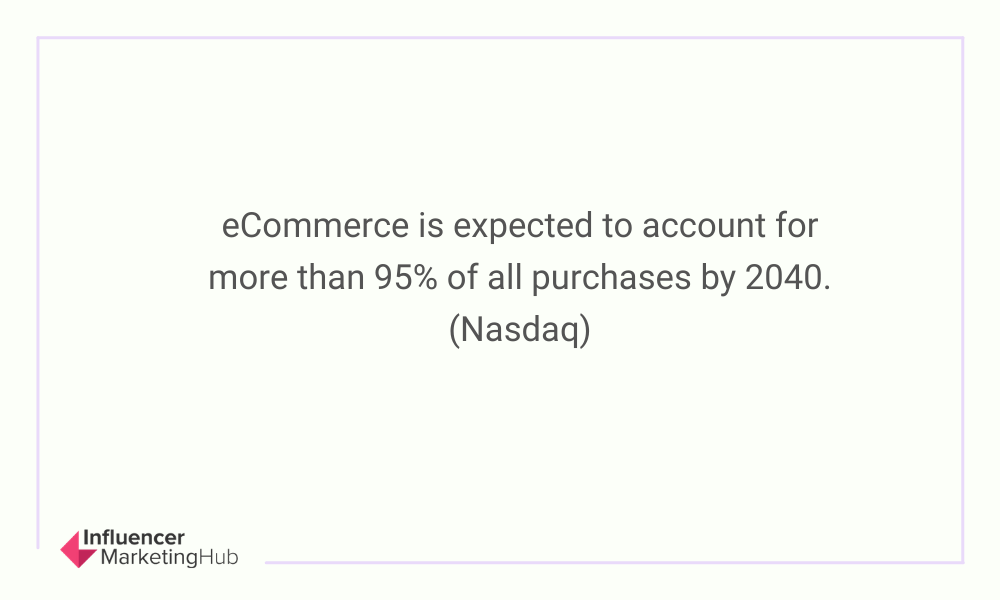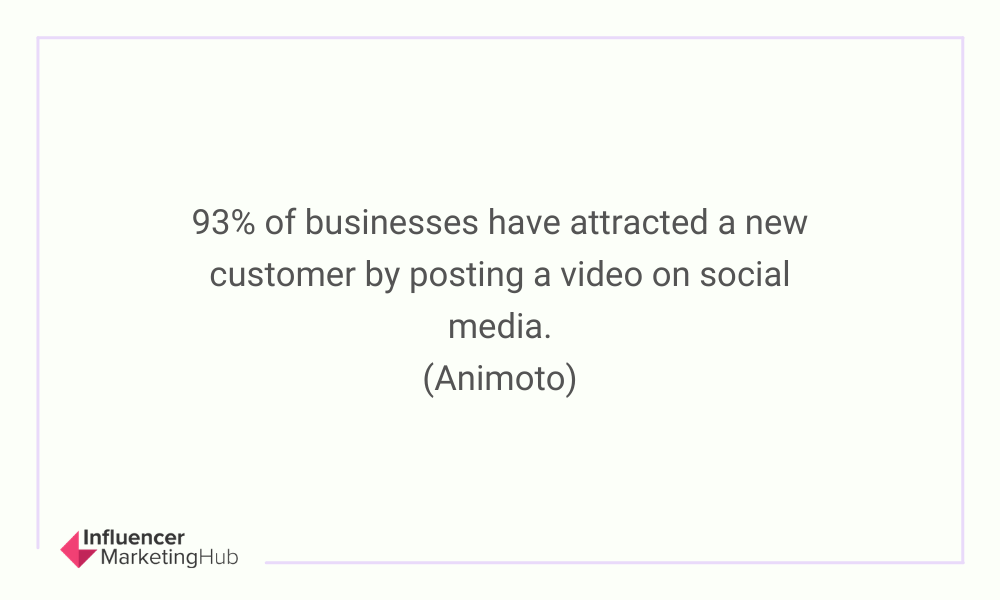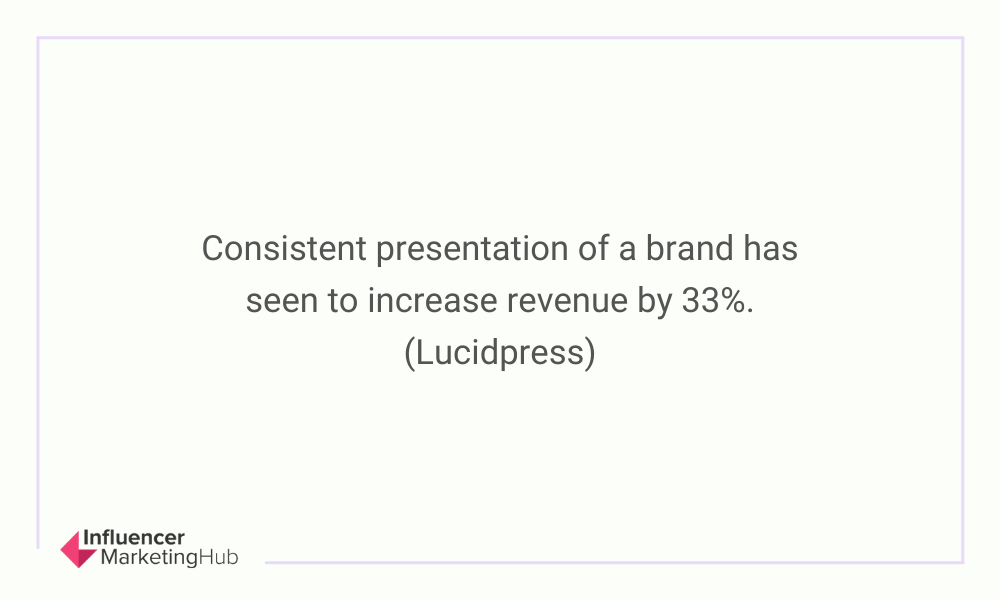Even if you are solely operating online, your business can still have an inviting storefront by carefully planning your website design. As a matter of fact, your website design can make or break your brand. Considering that more than 70% of consumers say that customer experience plays a huge role in their purchasing decisions and that a personalized on-site eCommerce customer experience can improve your revenue by as much as 25%, designing your website should not be just an afterthought.

Luckily, with the help of an eCommerce website builder and a solid understanding of the best practices of eCommerce website design, you don’t necessarily need to hire a website designer for the job. In short, keep it simple by adding only the necessary elements and use mobile-responsive design. Get this right and your eCommerce website is on the right track.
A Full Guide to eCommerce Website Design: 15 Best Practices:
- 1. Keep the design clean
- 2. Ensure the navigation is intuitive
- 3. Include a search bar
- 4. Display a unique value proposition
- 5. Include high-quality photos and videos
- 6. Make your call to actions clear
- 7. Include social proof
- 8. Include site security
- 9. Add a sale section
- 10. Make SEO a priority
- 11. Include social media links
- 12. Limit your checkout to a single page
- 13. Display key information clearly
- 14. Apply your branding consistently
- 15. Use responsive design
- Frequently Asked Questions
15 Best Practices for Creating an eCommerce Website in 2021
1. Keep the design clean
Like many things in life, less is also more when designing an eCommerce website. Every element that you decide to include should have a purpose and improve the user experience. This is especially true with regards to your home page as it is usually the first point of contact that your target audience will have with your brand.
By including too many different elements and big chunks of text, you run the risk of overloading your visitors with too much information. After all, consumers have a very short attention span and will form their first impression of your business based on its website design in a matter of seconds.
One way to keep it clean is to incorporate negative space (aka white space) liberally, while using color sparingly (three colors per web page at most). This helps to keep distractions to the minimum, while making it easier for visitors to digest all the important information that you have shared.
2. Ensure the navigation is intuitive
One of the primary reasons why increasingly more people favor online shopping is because it is simply more convenient. That is if the website design is done right.
There should be logical flow from the home page to the product page to checkout. Without easy-to-understand navigation, visitors will feel confused and end up leaving the store. In fact, the same thing rings true for brick-and-mortar stores. If a customer does not know where to go to find a type of product, it is much easier just to go to another store.
In addition to making sure there is a clear flow, you should also design your page in such a way that there is a visual hierarchy. The top of the web page should be reserved for the most important information. You can then use call-to-action buttons, typography, and colors to guide the visitors further to specific focal points like a sale.
So, while tempting, it is better to stick to conventional layouts used by the majority of websites. That being said, you can still make an ordinary layout look attractive by using high-quality images (more about that later) and selecting colors that stir up the right feelings.
3. Include a search bar
With the help of a search bar, visitors can find a specific product quickly. If you have a collection of thousands of items, an easy-to-find search bar is even more important. Most eCommerce websites place the search bar in the top right-hand corner and this is where your visitors will expect to find yours as well.
To ensure that your search bar works efficiently, it is also a good idea to include extra filters that visitors can use to narrow down their search results. Depending on what you are selling, common filters to include are price, size, color, and gender. This way, visitors do not have to go through the search results manually to find the best pick.
4. Display a unique value proposition
In short, a unique value proposition is a short summary that outlines the advantages that your services or products can offer and how they can solve an issue. By including this clear, succinct statement, you can improve engagement and the conversion rate.
5. Include high-quality photos and videos

While you should keep your website design clean, including high-quality photos is a must. This is especially important for showcasing your products. The best approach is to use various camera angles and, to make sure that you really capture the detail, include close-up shots (as well as the ability to zoom in). At the end of the day, you want to ensure that the photos are indeed an accurate representation of your products as customers will not be able to see and feel the products in person. It might take more time, but it will also help to minimize the chances that a customer wants to return a product.
If you are offering services as opposed to physical products, photography still plays a crucial role. In this instance, you will use lifestyle photography to help display your services. You can also use promotional videos to demonstrate your service or introduce the team behind your brand.
6. Make your call to actions clear
In short, calls to action (CTAs) are messages that are included on your website that will help to motivate your visitors to complete a specific action. They are usually short phrases on buttons, but can sometimes also be a longer sentence before a link or button. Popular CTA examples are “Sign up”, “Buy now”, “Subscribe” and “Find out more”.
Ensuring that these CTAs stand out is a key part of intuitive navigation. One way to let these stand out is to use color that is very visible on the background color that you have used for the page.
7. Include social proof
Gaining the confidence of customers is more challenging when you solely exist online. This is why social proof like customer reviews, press mentions, and recent awards, is so crucial. By including reviews and testimonials, your products or services become more credible and your target audience will view your eCommerce business as trustworthy and legitimate.
8. Include site security
Displaying site security is especially important during the checkout process. According to research completed by Baymard, almost 20% of customers rather abandoned their shopping carts because they did not trust the website with their credit card details. While social proof will help to portray your business as trustworthy, it is no replacement for trust seals like privacy seals and/or data security seals. So, to improve customer confidence even further, be sure to display these seals in addition to testimonials and reviews.
9. Add a sale section
To help you make the most of a sale, it is also a clever idea to include a sale section on your home page. If you do not necessarily want to shout your sale to the world, an alternative approach is to include a dedicated sale section in your top navigation bar and use color to let it stand out.
10. Make SEO a priority
By making search engine optimization (SEO) a priority, you increase the chances that your eCommerce site will be displayed in the top search results. As it is common practice nowadays for consumers to begin their shopping spree by Googling for items, you can’t afford to ignore the search results.
To optimize your website for SEO, you can start by improving your product titles and descriptions. Ideally, you want to ensure that your target keyword appears on every web page. Also, remember to include long-tail keywords too. Customer reviews are usually a great source of long-tail keywords.
11. Include social media links
Similarly to SEO, you can’t afford to ignore social media. By including social media links on your website (the header and sidebar work best), you can encourage them to interact with your brand on other platforms as well, helping you to create deeper relationships and boost customer loyalty. What's more, it's a great way to grow your following as it makes it a lot easier for website visitors to follow you.
12. Limit your checkout to a single page
According to statistics by the Baymard Institute, the average shopping cart abandonment rate is almost 70%! In other words, the majority of potential customers will actually not finalize their purchase.
To help lower this rate, it is key that you optimize your checkout process. Overall, it should be straightforward for online shoppers to complete the purchase and a multiple-step checkout process is for sure not going to do that. As a matter of fact, with every extra step that you include in the checkout process, you lower the chances that the customer will continue.
So, when designing an eCommerce website, it is best to ask for only key information such as the shipping address and billing information. Ideally, the whole checkout process should be only one page.
13. Display key information clearly
As you would have discovered by now, your website design plays a crucial role in showing to your target audience that you are indeed a trustworthy business. Another element that can help to build or break that trust is key information such as your shipping costs, returns policy, and contact information.
While this information is important, it does not have to be placed above the fold (in other words in the upper half of the web page before scrolling down). Most of the time, this type of information is reserved for the footer area using relevant titles and separate columns.
All in all, it should be easy for your customers to contact you if they have a question or would like to return a product. It is even better if you can include different ways that they can reach you such as via email address, chatbot, or phone.
14. Apply your branding consistently

Effective eCommerce website design reflects the look of your brand. In other words, you want to use the same color combos, fonts, patterns, and tone of voice when writing your website copy. Not only will it help you to appear more professional, but it will also set you apart from your competitors as your visitors will remember your website and brand better.
15. Use responsive design
According to data shared by OuterBox, almost 80% of smartphone users have made a purchase online by means of their mobile device in the second half of 2020. If you do not use responsive design, the different elements will be too small and, overall, it will be difficult for the user to interact with the website. Depending on your budget and resources, you can even consider creating an app for your online business.
Wrapping Things Up
The secret to creating an eCommerce website is to strike the right balance between functionality and aesthetics. By implementing these 15 best practices, your website will be both attractive and user-friendly. Whenever you are in doubt, ask yourself if what you are adding to your website will improve the user experience and, ultimately, make it easier for visitors to find and buy the products they need. If not, err on the side of minimalism and rather leave it out.
Frequently Asked Questions
What makes an eCommerce website design good?
One of the key things that make a good eCommerce website design is the use of minimalism and intuitive navigation. The best eCommerce design is light and spacious.
What is the best way to make a website easy to use?
Everything should be logical and flow from one point to another. The visitor should be able to follow an easy structure and navigate through the pages.
Why is responsive website design a must?
Responsive website design ensures that website visitors from all sorts of devices have an equally great onsite experience, without any design constraints. Responsive website design is an approach where your website's design elements will adjust automatically to the visitor's device.
Should I get a designer to create my eCommerce website?
You don’t have to as there are many eCommerce website builders that you can use to create a beautiful and functional eCommerce website. In fact, some eCommerce platforms will help you with registering your domain and finding a hosting partner too. What’s more, many of these platforms, like Wix, are aimed at beginners and use a drag-and-drop builder that makes it easy to create your own website. So, you don’t really need to have coding knowledge or technical skills.
Should I include video on my eCommerce website?
Yes! By adding videos to your website, you can capture your target audience’s attention and keep them engaged for much longer. As this medium is also extremely versatile, you can use it for a wide range of purposes. From providing answers to common customer problems to simply using it to display your products better, video can be used effectively by almost any eCommerce site.


